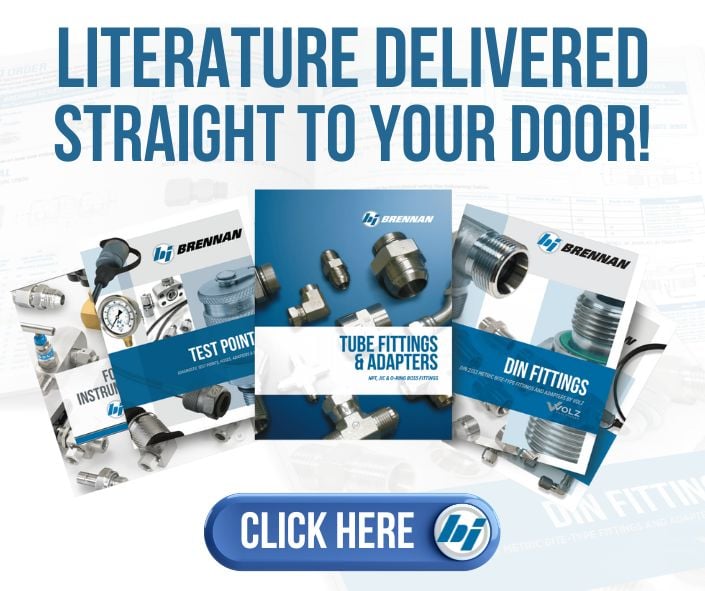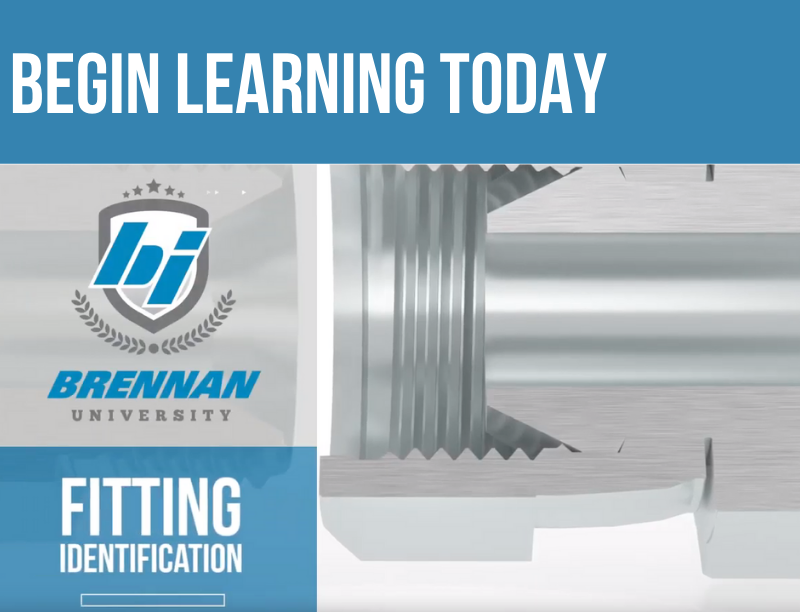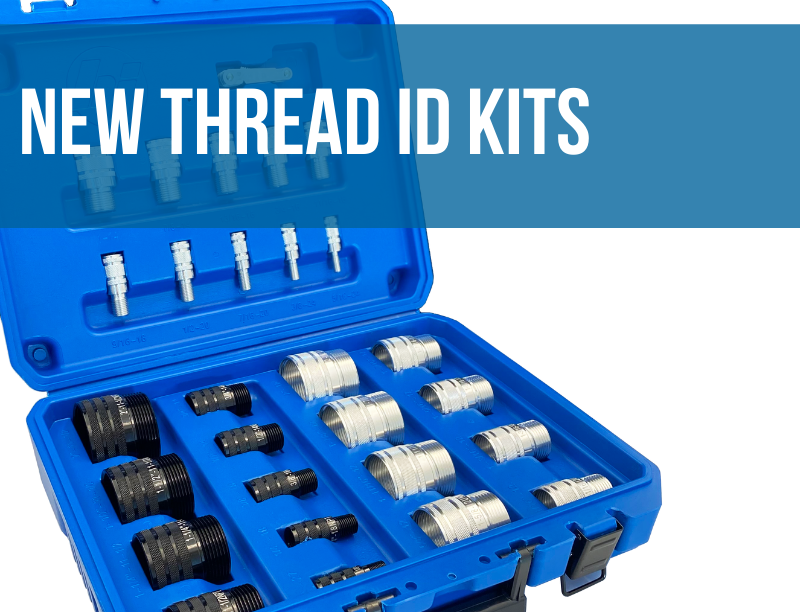Up until the 1970s and ‘80s General Motors had dozens of autonomous manufacturing plants that
did their own thing. Each plant had their own vendors and largely operated on their own schedules. Then in 1984, GM purchased Electronic Data Systems (EDS) in an effort to tie together cross functional operations and eliminate redundancies through more real-time data communication. EDS founder Ross Perot joined the GM board of directors and became GM’s largest individual stockholder while retaining control of EDS
as chairman. Two years later the GM board was having
issues with Perot and paid him $700 million to step
down. Rumor had it that since EDS controlled all of GM’s data and communications Perot knew he had his hand on the proverbial “plug” and could pull it at any time. It was a power play and it wasn’t long before the GM board figured it out. The intentions were good, but the result was a temporary disaster.
Fast forward to 2019 with rumors of a GM and Ford merger. Perhaps the world’s largest industry consolidation. Today, OEMs can no longer compete as autonomous corporations. Beyond consolidation of operations, they also compete in integrated supply chains. It is no longer economically feasible for individual OEM plants to have their own personal pool of vendors. Instead, they are consolidating pools of trusted qualified vendors that, for the most part, they need to share.
From Management by Intimidation to Collaborative Relationships
Not long ago, the strategy to control costs was for OEMs to use aggressive negotiating and demanding terms and conditions that squeezed supplier profitability and often weakened the supplier’s business
or drove them out of business. However, in recent years OEMs have embarked on more strategic partnerships to promote long-term relationships with their collective supply chains. These qualified and trusted supplier partnerships provide more sustainable benefits for all parties involved.
This transformation in industrial product supply is changing how many products are designed, manufactured and delivered. These changes are proving to be more dramatic than the GM and EDI merger 35 years ago. This time the results appear very promising with changes in supply chains and the optimization of their performance. The results are enhancing the supply chain landscape for large OEMs and the suppliers. They may be competing for the same parts, but now they can focus more on what their good

at; designing and manufacturing high quality equipment.
Businesses Succeed by the Success of Their Suppliers
According to a survey by Deloitte, organizations with superior supply chain capabilities demonstrate significantly above average performance on both revenue growth and EBIT (Earnings Before Interest and Taxes) when compared to industry average:
· 79 percent of organizations with superior supply chain capabilities (“supply chain leaders”)
achieve revenue growth that is significantly above average
· Only 8 percent of the organizations with lower performing supply chains (“supply chain followers”)
have above-average revenue growth
· 69 percent of supply chain leaders have an EBIT margin that is significantly above average
compared to only 9 percent of supply chain followers
Supply Chain Leadership: Deloitte Touche Tohmatsu Limited
The fiscal strength of a company is largely impacted by the success of their supply chain. A deficient supply chain can play a major role in a company’s inability to compete, or can even cause them to fail. A survey conducted by Tompkins Consortium reported that more than 50 percent of business leaders who participated considered their supply chain to be a standalone (autonomous) operating function. That’s a dangerous way to think.
Controllable Supply Chain Costs
The cost of components and managing the supply can represent a large portion of the final equipment costs. Mismanagement of the supply chain can spiral out of control by incurring higher product and production costs, inventory overruns and strangling cash flow.
Some key considerations in managing the sometimes hidden cost overruns of the supply chain are:
· Fluctuating raw material costs
· Inaccurate forecasting
· Inventory carrying costs
· Poor inventory management
· Procurement management costs
· Redundancy in the supply chain
· Transportation costs
Of the above considerations the most dangerous can be inaccurate forecasting. It can also be one of the hardest to measure. Benchmarking only against last year or even last month is common, but can also be irresponsible. Historical forecasting should play a part of the equation, but not all of it. Forecasted economic trends in the industry, new markets, volatile costs of raw materials, declining markets and how the OEM is able to address these should all play into forecasting what the company will require from its suppliers. And

of course, this information should be shared with trusted vendors to allow them to effectively manage their forecasting so everyone remains stable and profitable.
4 Benefits of Sustainable Supplier Relationships
As OEM procurement departments develop strong supplier relationships they gain a solid understanding of the suppliers’ business, products and services, ultimately fostering a dependable partnership. In turn, this allows the supplier to better understand the OEMs’ needs and respond more effectively and efficiently. This fosters an increased economy of scale for both parties. Each organization is able to collaborate on product enhancements, new product development, managing inventories and exploring potential areas of consolidation.
1. Efficiencies Through Long Term Cross Collaboration
The longer the supplier and OEM relationship, the more opportunity for increased efficiencies in collaborative business practices and shared end user market demands. A trusted long term relationship provides for greater opportunity of integrating common business practices, financial controls and supply management, and ensures a more reliable system of controlling product quality.
2. Contract Cost Containment
The up-front management costs of establishing a new supplier contract is usually significant and time consuming. However, when there are established customer-vendor relationships the continuity eliminates the vendor “revolving door”. There should still be semi-annual, annual or biennial reviews to fine tune processes or establish updated protocol. Yet having long term vendor relationships is less costly, and more operationally efficient than frequently establishing new vendors in what can be a deep supply chain at large OEMs. Focusing on established qualified vendors rather than broadening the vendor base leads to fewer incidents of negative performance and lowers operational costs.
3. Managing Market Instabilities
The volatility of vendor raw material, transportation and operational costs can trickle up to the OEM. However, a solid collaborative relationship provides the combined parties with stronger negotiating power to help mitigate volatile market conditions. To keep the relationship honest the OEM must still measure all weighted factors such as vendor product pricing, inventory creep and opportunities of sharing in the vendor’s cost reductions when they occur. Yet as external market conditions change so should the conditions of the relationship. Instead of fixed vendor pricing for instance, both organizations should be able to share in margin increases (and losses).
4. Process Improvement
Mutual process improvements can be gained by both the supplier and OEM when they maintain a long term service-level agreement (SLA). Working to ensure the contract requirements are being met, the buyer and vendor can work closely to improve processes and procedures that benefit each party by implementing enhanced Key Performance Indicators (KPI), working on new or improved product development and other performance activities that help each organization maintain a healthy return on investment. Improvements can also be met by collectively working to lower inventory carrying costs, implement Just-in-Time (JIT) delivery and maintain flexibility in product demand and supply requirements. This flexibility helps both the vendor and buyer to manage and improve their margins.
Conclusion: From Supply Chain Performance to Customer Satisfaction
Any company that is able to compete in today’s environment puts end user customer satisfaction in the forefront of their strategy. And it’s impossible to satisfy customers without a dependable supply chain. If an OEM cannot ensure stability in the components used to build their product they will ultimately drive customers (or dealers)
to the competition.
Though controllable, if allowed to creep in the following factors will severely damage their reputation:
· Delays in new product introduction that marketing is already promoting
· Long lead times
· Lack of readily available spare parts
· Mismanagement of their aftermarket
· Inability to fulfill customer service requirements
· Low fill rates
· Poor product quality
A well managed supply chain made up of select trusted qualified vendors will reduce the occurrences of the issues outlined above, support the distribution network and retain customer satisfaction. When manufacturers and vendors develop a mutually beneficial relationship, all parties can succeed.

Henry Ford may have been able to get away with what color his first cars were (“You can have your car in any color you want, as long as it’s black”), but it’s well established he knew the importance of collaboration; “If everyone is moving forward together, then success takes care of itself.”
An industry will only thrive when all parties work together by having responsible and ethical practices at the forefront of their businesses. And customers will keep coming back if those principles are clear to them. When there is satisfaction across all partners in the manufacturing of a product or equipment, the trickle up effect is to the end use customer’s perception. And it’s a well known fact; perception is reality.
SOURCES:
Defense Logistics Ageny
Ernst & Young Global Limited
Logostics Bureau
National Academies of Sciences,
Engineering and Medicine
Office Team
Spend Matters® Solutions Intelligence for Procurement





